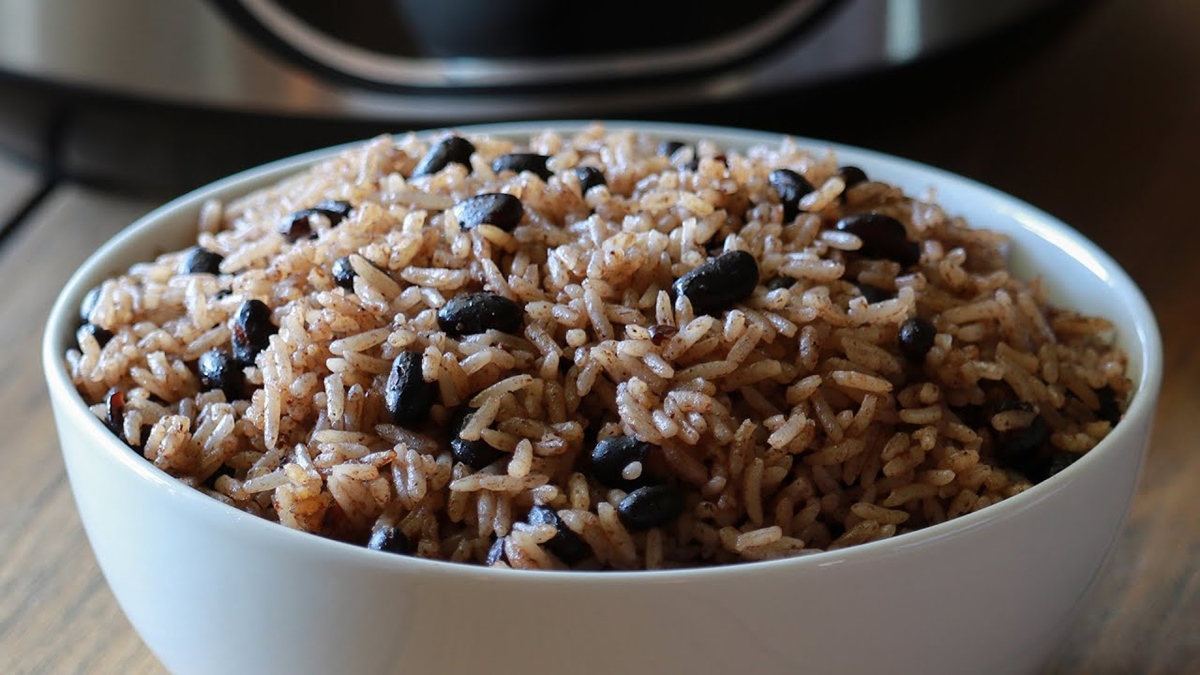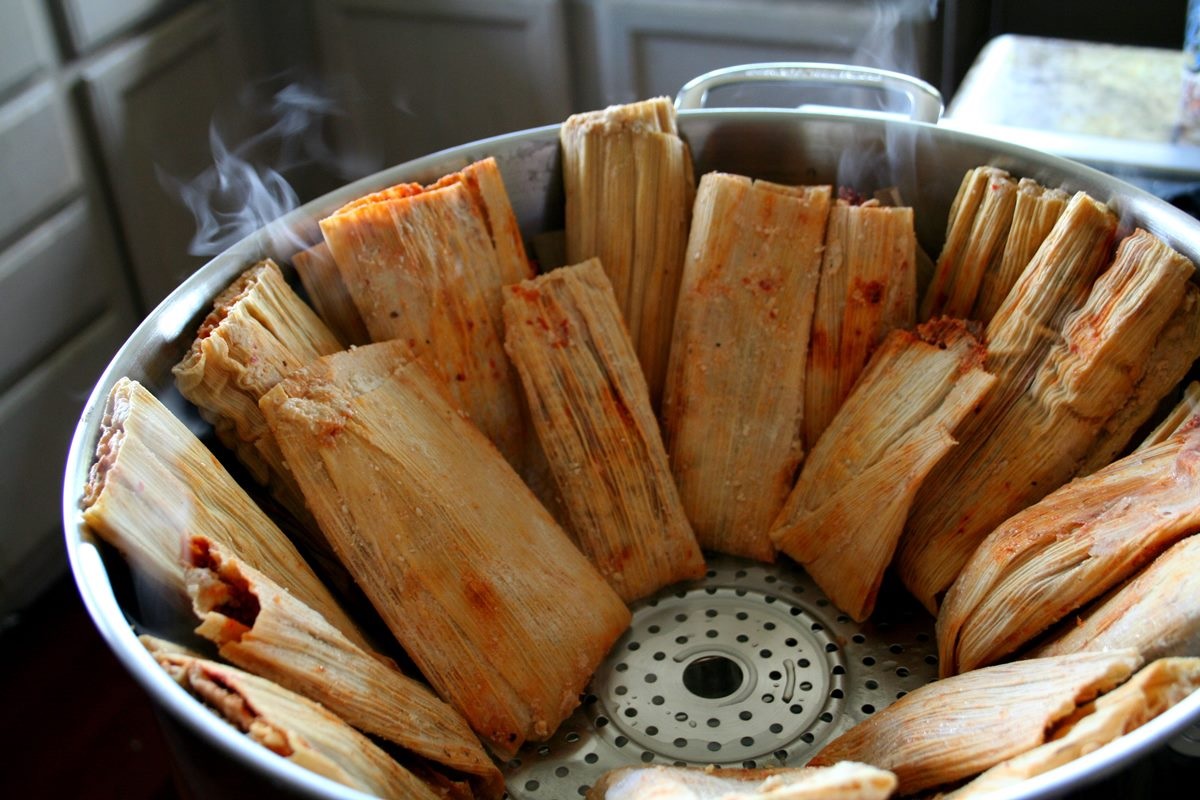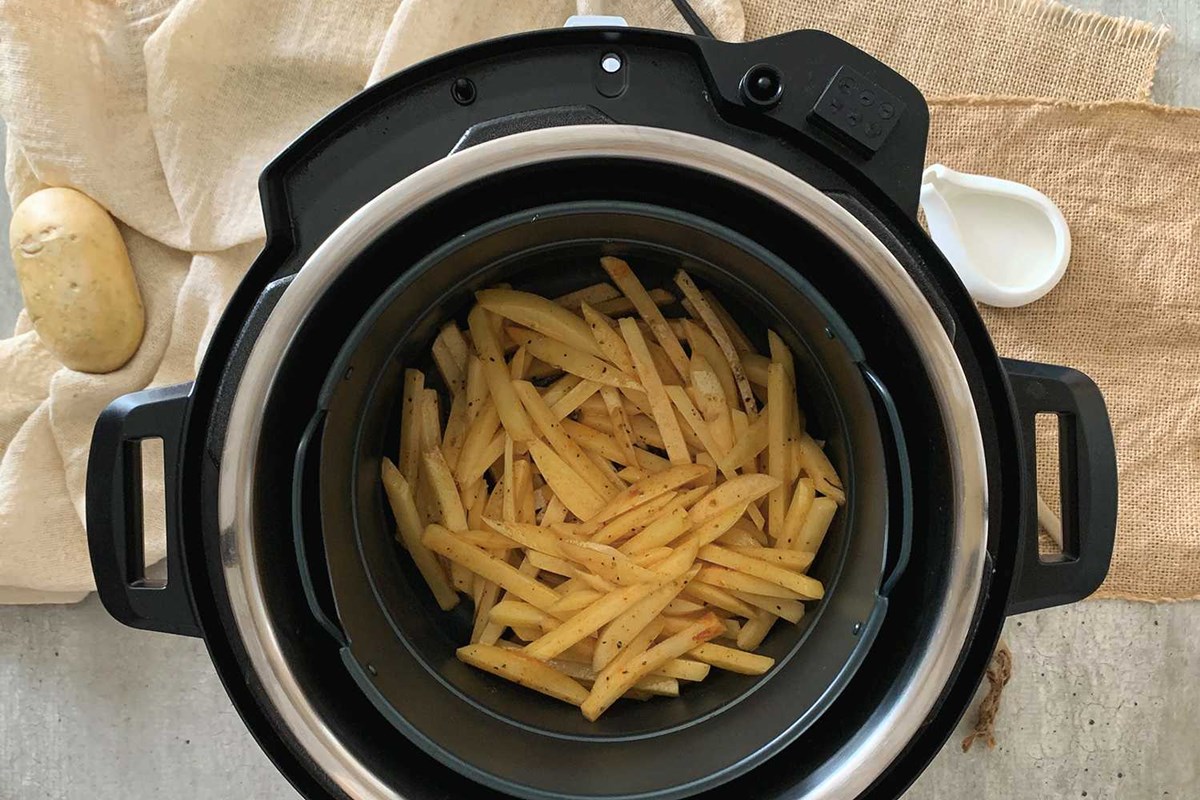Easy and Delicious Ways to Prepare Samyang Ramen
If you’re a fan of instant noodles, you’ve probably come across Samyang Ramen at some point. Known for its fiery kick and mouthwatering flavors, Samyang Ramen has gained popularity among noodle enthusiasts around the world. Whether you’re a novice in the kitchen or an experienced cook, we’ve got you covered with some easy and delicious ways to prepare your Samyang Ramen.
1. Basic Preparation
When it comes to cooking Samyang Ramen, the first step is to boil water. You can use a regular pot or an electric kettle to make the process quicker. Once the water is boiling, add the noodles and let them cook for about 3 minutes or until they become soft and tender. While the noodles are cooking, take the seasoning packet and mix it with water in a separate bowl to create the flavorful sauce. Drain the cooked noodles, add the sauce, and give it a good mix. Your basic Samyang Ramen is now ready to be enjoyed!
2. Spice it Up with Eggs
If you’re looking to elevate the flavor and add some extra protein to your Samyang Ramen, why not try adding an egg? While the noodles are cooking, crack an egg into the boiling water and let it cook for about 6-7 minutes. Once done, remove the egg, peel it, and slice it in half. Prepare the noodles as mentioned in the basic preparation, and when you’re ready to serve, place the boiled egg on top. The combination of the creamy yolk and the spicy noodles creates a delicious and satisfying meal.
3. Pack it with Veggies
For a healthier twist, adding vegetables to your Samyang Ramen can be a great option. While the noodles are cooking, chop up some fresh vegetables like carrots, bell peppers, mushrooms, or spinach. Sauté them in a bit of oil until they become slightly tender. Once the noodles are cooked, mix in the vegetables and the seasoning sauce. The colorful and nutritious addition of vegetables not only enhances the taste but also makes your Samyang Ramen a well-rounded meal.
4. Make it Cheesy
If you’re a cheese lover, you can’t go wrong with adding a cheesy twist to your Samyang Ramen. While the noodles are cooking, grate some cheddar or mozzarella cheese. Once the noodles are cooked and drained, mix in the cheese along with the seasoning sauce. Give it a good stir until the cheese melts and coats the noodles. The combination of the spicy noodles and gooey cheese creates a comforting and indulgent dish that will satisfy your taste buds.
5. Create a Stir-Fry
If you’re looking to take your Samyang Ramen to the next level, why not transform it into a tasty stir-fry? Start by cooking the noodles as mentioned in the basic preparation, but slightly undercook them to keep them firm. In a separate pan, heat some oil and add your choice of protein like chicken, shrimp, or tofu. Once cooked, add in your favorite stir-fry vegetables like carrots, broccoli, and snap peas. Stir-fry everything together and add the cooked noodles along with the seasoning sauce. Toss everything well until fully mixed and heated through. Your flavorful Samyang Ramen stir-fry is now ready to be devoured!
These are just a few simple yet delicious ways to prepare your Samyang Ramen. Get creative in the kitchen, experiment with different flavors and ingredients, and make your instant noodles a truly enjoyable meal. So, the next time you crave some hot and spicy noodles, grab a pack of Samyang Ramen and put your culinary skills to the test!
Was this page helpful?
Read Next: How To Cook Prime Rib Cut Into Steaks











